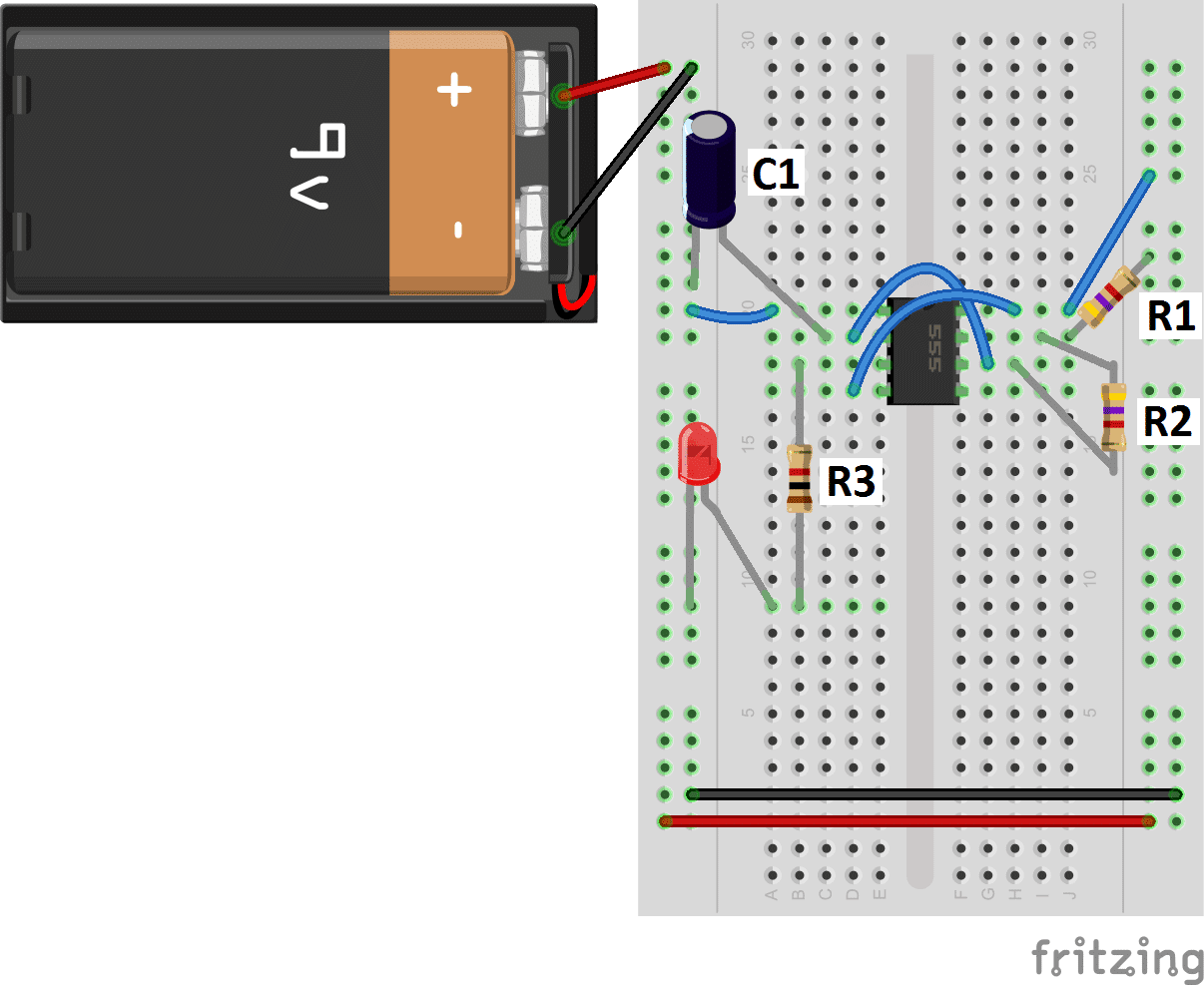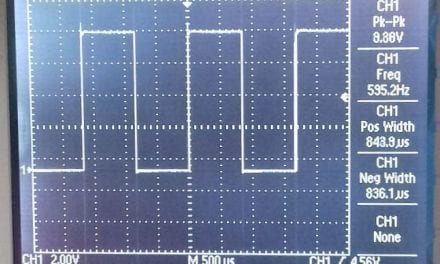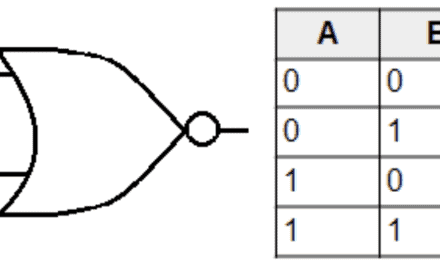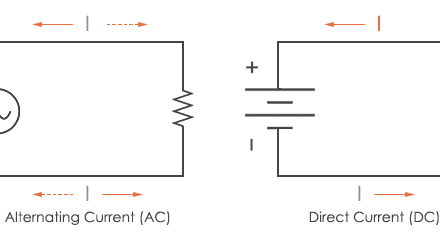Electromagnetism was first discovered in 1819 when a Danish scientist noticed the needle of a magnetic compass moved when placed close to an electric wire. Electromagnetism is the force behind light waves, is the source of energy that holds atoms together, and also generates magnetic fields from electric currents.
All matter has an electric charge which can either be positive or negative. But if the net charge is zero, then it is referred to as neutral. Like charges repel while opposite charges attract. These electric forces bring and hold atoms together. When atoms gain a positive or negative charge through the transfer of electrons, a measurable electric field will form. If those electrically charged particles start to move, the field will become a flowing electric current and form a magnetic field around it.
How Electric Current in a Wire Creates a Magnetic Field
An electric current produces magnetic fields. A current-carrying wire also creates magnetic fields that are represented by circular loops around the wire. An electric current, or the electrical charge in motion inside the wire, creates these circular loop magnetic fields. The magnetic field is strongest in the area closest to the wire and its direction depends on the movement of the current that produces the field. The wire acts like a magnet so increasing the amount of current in the wire increases the strength of the magnetic field.

A current-carrying wire generating circular loops magnetic fields.
Fleming’s Right-Hand Rule
Fleming’s right-hand rule is used to determine the direction of induced current in the conductor when it moves in a region of the magnetic field. British physicist John Ambrose Fleming proposed this rule in the late 1800s. Applying the right-hand rule, stretch the thumb and the index and middle fingers so that they are perpendicular to each other. If the index finger indicates the direction of the magnetic field and the thumb shows the direction of the motion of the conductor, then the second or middle finger will show the direction of the induced current. The right-hand rule is applicable to positive charges and to the theoretical flow of current. The theoretical flow of current is similar to the conventional current which flows from positive to the negative end.

Fleming’s Right-Hand Rule.
The thumb pointing upwards indicates the direction of the current by convection that is opposite to the actual flow of the current. The curled fingers around the wire show the direction of the magnetic field.
Fleming’s Left-Hand Rule
Fleming’s Left-Hand Rule illustrates what happens when charged particles such as electrons in a current enter a magnetic field. To demonstrate left-hand rule, hold on to an object that represents the wire. If the forefinger represents the direction of the field and the second finger represents that of the current, then thumb gives the direction of the force.

Fleming’s Left-Hand Rule
A magnetic field is produced by an electric current flowing through a conductor. A force is exerted as well by this magnetic field on the magnet that is placed in the surroundings of the conductor. French scientist Andre Marie Ampere discovered that an equal and opposite force is exerted by the magnet on the current-carrying conductor. Various experiments showed that the direction of the force exerted is reversed when the direction of the current through the wire is reversed. Thus, the direction of the force on the wire depends on the direction of the current and the magnetic field. When the direction of the current is at a right angle to the direction of the field, the magnitude of the force is at the highest. In such conditions, we can use a simple rule such as the Left-Hand Rule to find the direction of the force on the wire.
Inducing Electrical Current with a Magnetic Field
Many physicists designed experiments to detect electrical currents induced by a magnetic field. Most of them failed until it was figured out by Joseph Henry and Michael Faraday. Michael Faraday’s experiment showed that current flowing through a coil of wire generates a magnetic field. But not on the second coil. Later on, he realized that a changing magnetic field causes an electric current in a loop of wire. This idea is what we now know as Faraday’s Law of Induction.

Faraday’s Experiment
Faraday’s Law of Induction states that a changing magnetic field will induce an electromotive force (emf) in a loop wire. The electromotive force causes electrons to move and form a current. Changing the area of the loop of wire induces a current. The change of angle between the loop and the magnetic field also induces a current. The property that most directly induces electromotive force (emf) is known as magnetic flux. It is also known as the measure of the magnetic field that runs through a loop of wire (or a surface). When this field changes, it induces an electromotive force.
Magnetic flux is given by the following equation:

Where ΦB is the magnetic flux, B is the strength of the magnetic field, A is the area of the loop, and cosθ is the angle between the magnetic field and a line perpendicular to the face of the loop.
Factors Affecting the Magnetic Flux
- Strength of magnetic field (B) – the magnitude of B can change with time.
- Area of the loop (A) – If the loop is bigger, there will be a larger magnetic field running around it and vice versa. This area can change with time.
- The angle between the magnetic field and the line perpendicular to the face of the loop can change with time.
Hope this article has helped you to better understand electromagnetism. Be sure to leave a comment below if you have questions about anything!










Hi Jenn,
I have a problem with your statement: “The same charges attract while opposite charges repel.”
I my experience, it is the other way around. viz Same repels and opposites attract.
Regards,
Leon
It is indeed opposite charges repel and same charges attract. I didn’t notice that before publishing but I’ll be correcting it. Thank you.
I’m WATCHING YOU Too, Control Freaks…..